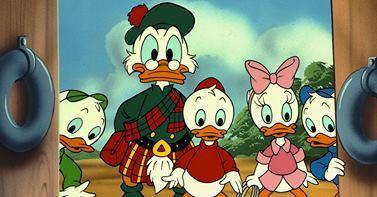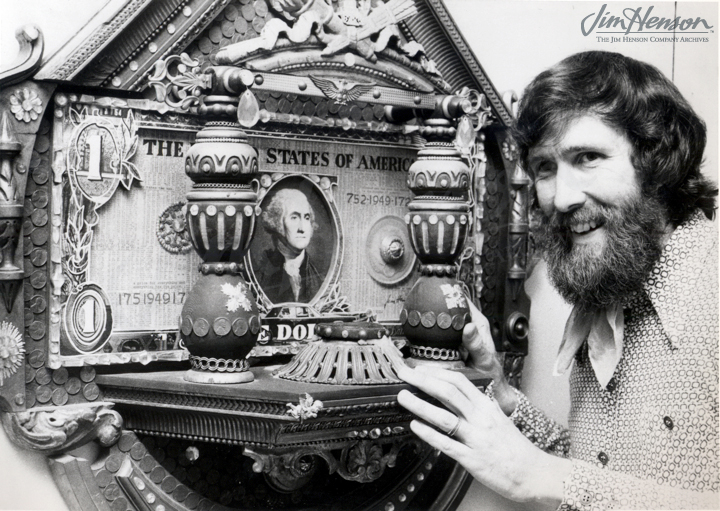Jim Henson and Jerry Seinfeld are both tall, thin performers with a sense of humor and a natural bonhomie. Each created a series that will live forever in syndication... The Muppet Show and Seinfeld. But if we dig deeper into each man's creative process, and how they got to the top of their respective fields, Henson and Seinfeld have a lot more in common than you’d expect. For one thing, they both satisfy Malcolm
Gladwell’s “Ten Thousand Hours” rule.
In Lesson 2 of Make Art Make Money, we learn that Jim
Henson would “get into a project and work all day, all night, all the next day,
and sometimes the next night, too.” His first show, Sam and Friends ran
live five nights a week in the 1950s, often twice a day for six years. Henson did everything on the show from sets to scripts to the performance itself. This "all day, all night" lifestyle allowed him to experiment and hone his craft. As Malcolm Gladwell says in Outliers, a person needs “ten thousand hours” to
achieve the level of genius at something. Seinfeld approached that number early on, too.
In a great Laugh.com
interview, Jerry Seinfeld tells Larry Wilde, “I’m sure
more than once, I went 18 months without missing a night, and we do at least
two shows a night usually.” Seinfeld cut his teeth on New York comedy clubs in the 1970s, but he wasn’t doing
the 20-minute sets for the money. “It was really barely enough to live on,”
Seinfeld said.
This is what we might call workaholism, but for Henson and
Seinfeld, it seems to have led them to their success. As Gladwell writes in
Outliers, the Beatles did their ten thousand hours in Hamburg,
Germany, and it honed
their unique sound. We might rethink their workaholism as something different,
then, something more like… meditation.
In another striking similarity, both Jerry Seinfeld and Jim Henson meditated. Henson said, “I spend a
few minutes in meditation and prayer each morning. I find this really helps me
to start the day with a good frame of reference.” For a time, he practiced TM - transcendental meditation. In his fifties, he did yoga. The New York Times called Seinfeld as an “enthusiastic endorser” of meditation, and in the
Laugh.com interview he spoke of both zen and yoga. Is meditation - specifically the practice of vipassana (mindfulness) - the secret to success? Maybe it is.
In my research into Henson’s career, it struck me that it
wasn’t just Jim Henson’s meditation that was meditative; his work
itself was incredibly meditative. Every time Henson was on camera, he worked by watching himself on TV – performing to a monitor on the floor or
strapped inside his costume, often doing takes repeatedly to get them just
right. It is a way of watching yourself perform – the struggle, the
success, the joy. Year after year, Henson, through Kermit, Rowlf, and Ernie,
watched himself evolve.
Jerry Seinfeld also recorded all of his sets during those
18-month stints, and listened to the audio playback, paying close attention to the
way the audience and performer co-perform – in a word, rhythm. Seinfeld studied the tapes
of his TV performances for “self-observation,” noting gestures that were repeated too much, for example. Seinfeld, like Henson, watches himself, as he explained:
When you’re a comedian you have to
analyze every aspect of how you communicate… It’s a weird internal exploration.
That’s what becoming a stand up comedian is. It’s an exploration into the
self.
Jim Henson: The Biography contains some of Henson's similar advice to young puppeteers:
find [your] own unique style of puppetry. . . . It seems to me that each of us expressing our own originality is the essence of our art.
If your work is a form of meditation, of self-exploration, perhaps being a
workaholic isn't all that bad. Henson and Seinfeld’s techniques seem extremely rigorous, and yet, each man became the best at what they did, all while maintaining
a center of calm in the middle of the storm. Maybe it’s the meditation.
The next time you see Seinfeld or the Muppets, picture Jerry Seinfeld sitting cross-legged in his hotel room or Jim Henson doing sun salutations overlooking the Malibu coast. It may have led to their incredible success. Meditate on that!















